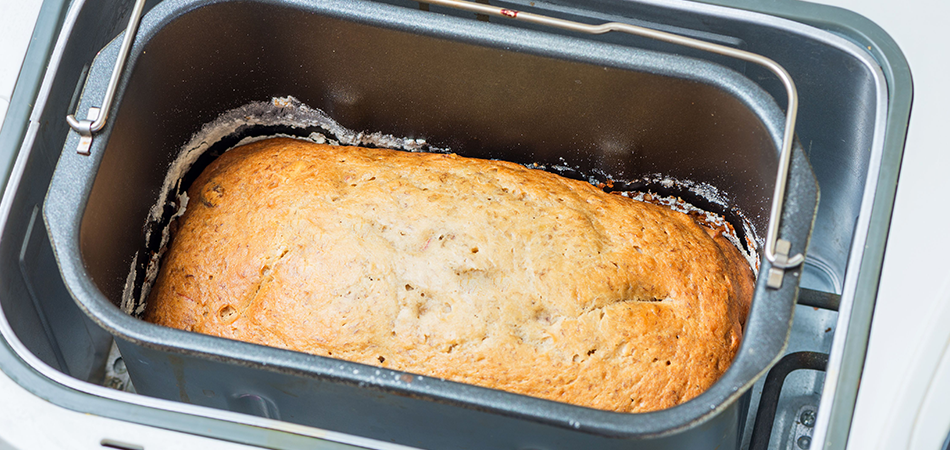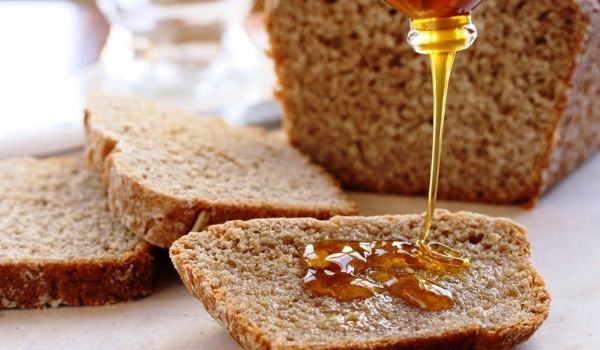Can I Use Active Dry Yeast in Place of Bread Machine Yeast?
Yeast is the reason why bread becomes so soft and fluffy. Therefore the better yeast you can use, the better a piece of bread you get. Where there are two popular types of yeast, you should know where to use which. Getting confused about the type of yeast is common while using a bread machine to bake bread.
If you’re wondering how can I use active dry yeast in place of bread machine yeast, stay with me through the article. It’ll help you cut the dilemma and you’ll understand which one to use with the machine. As both types of yeast have their advantages and flaws, you’ll be able to choose the right one.
Can I Use Active Dry Yeast in Place of Bread Machine Yeast?
Simply put, bread machine yeast is a form of instant yeast with fine granules and rises pretty fast. On the contrary, the active dry yeast isn’t’ quite the same thing as it needs proofing to rise. So, if you ask how can I use active dry yeast in place of bread machine yeast, here is how to do it:
You’ll Need More Active Dry Yeast
A package of active dry yeast will contain 1/2 teaspoons or 7 grams (1/4 ounce) which is the standard measurement. While using active dry yeast instead of the bread machine yeast, you have to multiply the necessary amount by 1.25. It means a teaspoon of the bread machine yeast equals 1/4 teaspoon of the active dry yeast at work.
See how much instant/bread machine yeast your recipe requires and multiply that with 1.25 to get the measurement. That’s the amount of active dry yeast you’re going to use for the recipe you’re up for.
You Have To Proof It First
Active dry yeast is not like the bread machine yeast, aka rapid rise yeast, which stays active without checking. However, the active dry yeast isn’t that rapid at its job as it might die along the storing process. To check if the active dry yeast is still alive and ready to rise, follow the steps:
- Take a bit from the yeast, add in a pinch of sugar before rehydrating them. After that, mix them with an adequate amount of lukewarm water (110°F-120°F).
- Steer the mixture and keep it on rest for about 10 minutes. If the mixture rises, the yeast is ready to go into the recipe.
Active Dry Yeast Needs Pre-Treatment
You cannot use the active dry yeast with the other dry ingredients all at once like bread machine yeast. It’s because the active dry yeast doesn’t have as fine granules as the instant yeast. So, you have to prepare the active dry yeast before putting it into the ingredients.
First, measure the yeast, as I mentioned earlier, by multiplying with 1.25 and rehydrate it for a few minutes. Then, mix it with the other dry elements and carry on with the recipe for the best output. And, keep in mind whether you’re using a big bread maker machine or a small one for the loaf size.
Bread Machine Yeast or Active Dry Yeast – What’s the Difference and Why Does it Matter?
The yeast you use in the recipe matters a lot when it comes to using it in the bread machine. Here are the key differences between them and why do they matter:

1. Proofing Time
Proofing period is the main difference between these two yeast types. The instant yeast aka bread machine yeast doesn’t need rehydration as it has fine granules. On the contrary, the active dry yeast is at almost the original state and needs proofing for application. You may have to proof the active dry yeast for 10 minutes to 2 hours to let the yeast proof with/without the dough.
2. Amount Required
With bread machine yeast, you won’t have to use much yeast as it rapidly rises to its full potential. On the other hand, you may need more active dry yeast compared to the instant/bread machine yeast. The prices for this two yeast also vary because of their nature. Bread machine yeast will cost you more money than the active dry yeast.
Final Advice
If you’ve been asking how can I use active dry yeast in place of bread machine yeast, now you have it! I’ve tried to portray the process in the simplest way possible and hope that you’ve found it easy to understand. When you try the process, you can also do experiments with it. You can add more yeast or skip the proofing part in the process for exploration. If you want to skip the proofing, better you try with a recipe that needs a cold rise process.








